Discover BirdNote Daily
BirdNote Daily

1661 Episodes
Reverse
In one of the most iconic founding legends of the Americas, a Golden Eagle devouring a serpent atop a cactus marked the spot where the Mexicas would build Tenochtitlan, capital of the Aztec Empire. Over the centuries, that ancient metropolis transformed into what we now call Mexico City. Though the mythical eagle is now commemorated on the national flag of Mexico, real Golden Eagles need our help through conservation research and habitat protections.¡Escuche este episodio en español!More info and transcript at BirdNote.org.Want more BirdNote? Subscribe to our weekly newsletter. Sign up for BirdNote+ to get ad-free listening and other perks. BirdNote is a nonprofit. Your tax-deductible gift makes these shows possible. Hosted by Simplecast, an AdsWizz company. See pcm.adswizz.com for information about our collection and use of personal data for advertising.
J. Drew Lanham is a poet and ornithologist whose work intertwines his lived experience as a Black man in the American south and his love of wilderness. Both have taught him that joy is a source of strength. On Bring Birds Back, Drew describes how he finds radical joy in spending time with birds like the American Robins.Hear more from Drew about radical joy in season 7 of Bring Birds Back!More info and transcript at BirdNote.org.Want more BirdNote? Subscribe to our weekly newsletter. Sign up for BirdNote+ to get ad-free listening and other perks. BirdNote is a nonprofit. Your tax-deductible gift makes these shows possible. Hosted by Simplecast, an AdsWizz company. See pcm.adswizz.com for information about our collection and use of personal data for advertising.
Esha Munshi co-founded the Feather Library, a digital library that collects and documents the feathers of Indian birds. Launched in 2021, the library has high-resolution photographs of more than 100 bird species. This library is open to everyone — whether you’re a researcher, birdwatcher, conservationist, or an ordinary person who came across a feather.More info and transcript at BirdNote.org.Want more BirdNote? Subscribe to our weekly newsletter. Sign up for BirdNote+ to get ad-free listening and other perks. BirdNote is a nonprofit. Your tax-deductible gift makes these shows possible. Hosted by Simplecast, an AdsWizz company. See pcm.adswizz.com for information about our collection and use of personal data for advertising.
The word “loon” comes from the Old Norse word for “lame.” Because their feet are so far back on their bodies, loons cannot walk on land. But in flight, they’re graceful, and under water, they're swift in pursuit of fish. Red-throated Loons – like this one – breed in the far north and winter along both coasts of the United States.More info and transcript at BirdNote.org.Want more BirdNote? Subscribe to our weekly newsletter. Sign up for BirdNote+ to get ad-free listening and other perks. BirdNote is a nonprofit. Your tax-deductible gift makes these shows possible. Hosted by Simplecast, an AdsWizz company. See pcm.adswizz.com for information about our collection and use of personal data for advertising.
The cheerful-voiced Chestnut-collared Longspur shares their northern prairie breeding range with grazing cattle. Although heavy grazing can have adverse effects, breeding densities of longspurs jump by two, three, or even 10 times when ranchers graze their cattle responsibly on native prairies. Two centuries ago, the birds were probably more abundant on prairies used by bison than on untouched stands of tall grass.More info and transcript at BirdNote.org.Want more BirdNote? Subscribe to our weekly newsletter. Sign up for BirdNote+ to get ad-free listening and other perks. BirdNote is a nonprofit. Your tax-deductible gift makes these shows possible. Hosted by Simplecast, an AdsWizz company. See pcm.adswizz.com for information about our collection and use of personal data for advertising.
Great Black-backed Gulls have a reputation as serious predators of other birds like puffins, grebes, and songbirds as big as a grackle. Just over a century ago, these birds were nearly wiped out by feather hunters and egg collectors. And though their populations recovered with help from environmental protections, Great Black-backed Gulls are in decline once again — and scientists are still trying to figure out why.More info and transcript at BirdNote.org.Want more BirdNote? Subscribe to our weekly newsletter. Sign up for BirdNote+ to get ad-free listening and other perks. BirdNote is a nonprofit. Your tax-deductible gift makes these shows possible. Hosted by Simplecast, an AdsWizz company. See pcm.adswizz.com for information about our collection and use of personal data for advertising.
As he trained to be an arborist, Thomas Poulsom started developing two new interests: birds and building with LEGO bricks. After first building a European Robin, he went on to create LEGO models of more than 75 species. Thomas became one of the first LEGO fans to have his designs produced as an official set.More info and transcript at BirdNote.org.Want more BirdNote? Subscribe to our weekly newsletter. Sign up for BirdNote+ to get ad-free listening and other perks. BirdNote is a nonprofit. Your tax-deductible gift makes these shows possible. Hosted by Simplecast, an AdsWizz company. See pcm.adswizz.com for information about our collection and use of personal data for advertising.
The Red Knot is a true marathon traveler, flying up to 9,000 miles between the Arctic tundra and Tierra del Fuego. But their journey depends on a critical stopover: Delaware Bay, where they feast on horseshoe crab eggs to refuel. Overharvesting of horseshoe crabs once drastically reduced this essential food supply, but thanks to ongoing protections, Red Knots still have a fighting chance.¡Escuche este episodio en español!More info and transcript at BirdNote.org.Want more BirdNote? Subscribe to our weekly newsletter. Sign up for BirdNote+ to get ad-free listening and other perks. BirdNote is a nonprofit. Your tax-deductible gift makes these shows possible. Hosted by Simplecast, an AdsWizz company. See pcm.adswizz.com for information about our collection and use of personal data for advertising.
Mustafa Santiago Ali has been an environmental activist and policymaker for nearly three decades. The work has taught him that everyone has a story to tell – and those stories can drive change. For Bring Birds Back, Mustafa shares a poem about the interconnection between people and nature called, The Birds Been Prayin’ For Us.Listen to the full episode in season 7 of Bring Birds Back!More info and transcript at BirdNote.org.Want more BirdNote? Subscribe to our weekly newsletter. Sign up for BirdNote+ to get ad-free listening and other perks. BirdNote is a nonprofit. Your tax-deductible gift makes these shows possible. Hosted by Simplecast, an AdsWizz company. See pcm.adswizz.com for information about our collection and use of personal data for advertising.
The Virginia Rail is a secretive bird, a relative of coots and cranes. And it's a bird you'll more often hear than spy. The rail takes its name from its narrow body (you know the saying, "as skinny as a rail") an adaptation to its favorite marshy habitats. A Virginia Rail walks hidden, squeezing through dense reeds and grasses. You can count yourself lucky if you have actually seen a Virginia Rail.More info and transcript at BirdNote.org.Want more BirdNote? Subscribe to our weekly newsletter. Sign up for BirdNote+ to get ad-free listening and other perks. BirdNote is a nonprofit. Your tax-deductible gift makes these shows possible. Hosted by Simplecast, an AdsWizz company. See pcm.adswizz.com for information about our collection and use of personal data for advertising.
Of the four nuthatch species living in the United States, the most common are the Red-breasted Nuthatch and the White-breasted Nuthatch. The nuthatch's insistent call matches its aggressiveness. As they work their way down a tree trunk, nuthatches can spot — and eat — all the tasty morsels missed by the rest of the birds working their way up the tree.More info and transcript at BirdNote.org.Want more BirdNote? Subscribe to our weekly newsletter. Sign up for BirdNote+ to get ad-free listening and other perks. BirdNote is a nonprofit. Your tax-deductible gift makes these shows possible. Hosted by Simplecast, an AdsWizz company. See pcm.adswizz.com for information about our collection and use of personal data for advertising.
The Ruddy Turnstone stands out among sandpipers. On taking flight, the turnstone flashes a vivid and unmistakable pattern of dark and light striping across its wings and tail. And that comical chatter is one of a kind too. Unlike most sandpipers, Ruddy Turnstones favor rocky beaches and jetties rather than tidal sand or mud. They breed in the Arctic all across North America, Europe, and Asia, and winter along the coastlines of all the continents except Antarctica. And about that curious name? Turnstones do indeed use their stout bills to flip over stones, shells, and mats of seaweed, exposing small crustaceans and other food.¡Escuche este episodio en español!More info and transcript at BirdNote.org.Want more BirdNote? Subscribe to our weekly newsletter. Sign up for BirdNote+ to get ad-free listening and other perks. BirdNote is a nonprofit. Your tax-deductible gift makes these shows possible. Hosted by Simplecast, an AdsWizz company. See pcm.adswizz.com for information about our collection and use of personal data for advertising.
Sumichrast’s Wren and Nava’s Wren are both sooty-brown songbirds of southern Mexico. They both live in tropical forests where limestone outcrops provide a natural amphitheatre to show off their vocal feats. Yet the two have very different songs and are never found in the same place. Though scientists once thought they were the same species, genetic studies eventually proved that the two wrens are distinct — each with their own way to serenade their forest homes.More info and transcript at BirdNote.org.Want more BirdNote? Subscribe to our weekly newsletter. Sign up for BirdNote+ to get ad-free listening and other perks. BirdNote is a nonprofit. Your tax-deductible gift makes these shows possible. Hosted by Simplecast, an AdsWizz company. See pcm.adswizz.com for information about our collection and use of personal data for advertising.
Humans and songbirds are among a small group of animals that can learn to imitate the sounds we hear. It’s an ability called vocal learning that makes language possible. Scientists who study human speech often start with birds that share our vocal learning skills, says neurobiologist Erich Jarvis. On Bring Birds Back, Erich discusses his research into the evolutionary origins — and unexpected benefits – of vocal learning for people and birds.Listen to the full episode with Erich Jarvis in season 7 of Bring Birds Back!More info and transcript at BirdNote.org.Want more BirdNote? Subscribe to our weekly newsletter. Sign up for BirdNote+ to get ad-free listening and other perks. BirdNote is a nonprofit. Your tax-deductible gift makes these shows possible. Hosted by Simplecast, an AdsWizz company. See pcm.adswizz.com for information about our collection and use of personal data for advertising.
Trumpeter Swans are among the world's largest flying waterfowl. They can weight up to 25 pounds and have a wingspan of nearly seven feet! These swans migrate in family groups each fall from nesting sites in Canada and Alaska to wintering grounds in the central U.S. Trumpeter Swans are sometimes accompanied by their smaller cousins, the Tundra Swan. Both swan species look similar to each other, but their voices are distinct!More info and transcript at BirdNote.org.Want more BirdNote? Subscribe to our weekly newsletter. Sign up for BirdNote+ to get ad-free listening and other perks. BirdNote is a nonprofit. Your tax-deductible gift makes these shows possible. Hosted by Simplecast, an AdsWizz company. See pcm.adswizz.com for information about our collection and use of personal data for advertising.
Project FeederWatch is a community science project studying over 100 species of birds that spend their winters in North America. From November through April, people count the birds they see at a bird feeder, whenever and wherever they’re able, and submit their bird list to the project.More info and transcript at BirdNote.org.Want more BirdNote? Subscribe to our weekly newsletter. Sign up for BirdNote+ to get ad-free listening and other perks. BirdNote is a nonprofit. Your tax-deductible gift makes these shows possible. Hosted by Simplecast, an AdsWizz company. See pcm.adswizz.com for information about our collection and use of personal data for advertising.
All 50 states and the District of Columbia have official birds. To become a state bird, it helped to be familiar, colorful, and have a punchy song. The Northern Cardinal perches as state bird in seven eastern states, the Western Meadowlark in six western states. Bluebirds — like this Western Bluebird — and goldfinches are mascots of another seven. The country's most insistent songster, the Northern Mockingbird, holds down five states. And Washington, D.C.'s official bird? The shy Wood Thrush! Find out which bird is your state bird.More info and transcript at BirdNote.org.Want more BirdNote? Subscribe to our weekly newsletter. Sign up for BirdNote+ to get ad-free listening and other perks. BirdNote is a nonprofit. Your tax-deductible gift makes these shows possible. Hosted by Simplecast, an AdsWizz company. See pcm.adswizz.com for information about our collection and use of personal data for advertising.
While most Sandhill Cranes migrate, the Mississippi population lives year-round in wet pine savanna near the Gulf Coast. Their dependence on this unique habitat caused their population to plummet to just 35 when the savanna began to disappear. Through the Endangered Species Act, an almost 20,000-acre wildlife refuge was established for the cranes and the population has begun to recover.More info and transcript at BirdNote.org.Want more BirdNote? Subscribe to our weekly newsletter. Sign up for BirdNote+ to get ad-free listening and other perks. BirdNote is a nonprofit. Your tax-deductible gift makes these shows possible. Hosted by Simplecast, an AdsWizz company. See pcm.adswizz.com for information about our collection and use of personal data for advertising.
A birder may have a target bird so elusive that the bird becomes a kind of "jinx bird." But there was a real bird by that name! The bird once called the "jynx" is known today as the Eurasian Wryneck. When a wryneck is threatened, it twists its head like a snake and hisses. This behavior led to the wryneck being invoked in witchcraft to put a spell or a jinx on someone.More info and transcript at BirdNote.org.Want more BirdNote? Subscribe to our weekly newsletter. Sign up for BirdNote+ to get ad-free listening and other perks. BirdNote is a nonprofit. Your tax-deductible gift makes these shows possible. Hosted by Simplecast, an AdsWizz company. See pcm.adswizz.com for information about our collection and use of personal data for advertising.
When author and illustrator Becca Rowland first started learning to identify bird calls, they were delighted to discover that owls say more than just ‘who’! In her new book, Bird Talk: Hilariously Accurate Ways to Identify Birds by the Sounds They Make, Becca dedicates a whole chapter to the wonderful world of owl calls.Support for Bird Note is provided by Jim and Birte Falconer — and generous listeners around the world. More info and transcript at BirdNote.org.Want more BirdNote? Subscribe to our weekly newsletter. Sign up for BirdNote+ to get ad-free listening and other perks. BirdNote is a nonprofit. Your tax-deductible gift makes these shows possible. Hosted by Simplecast, an AdsWizz company. See pcm.adswizz.com for information about our collection and use of personal data for advertising.


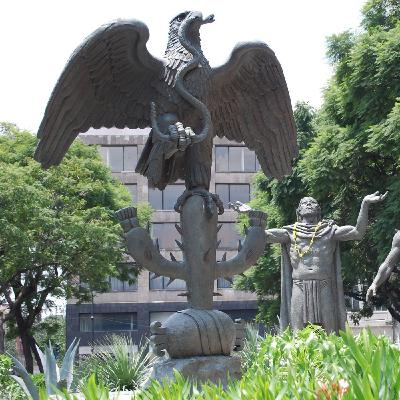
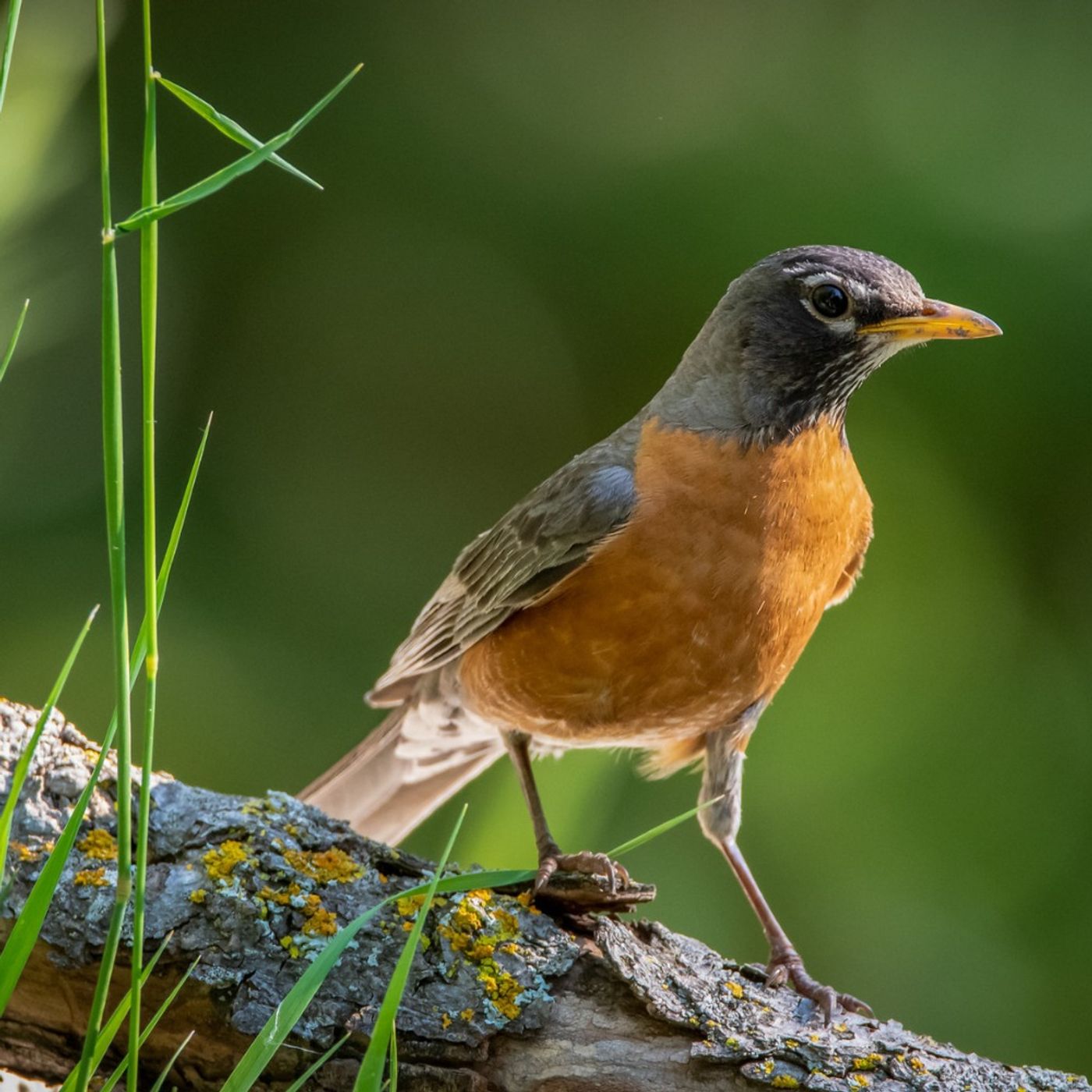
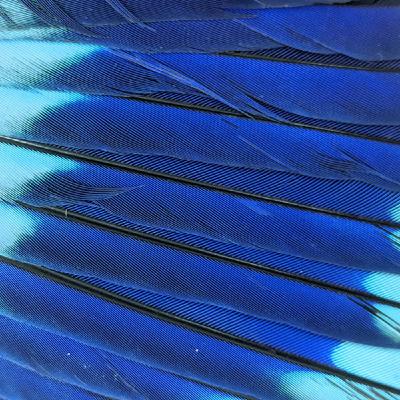


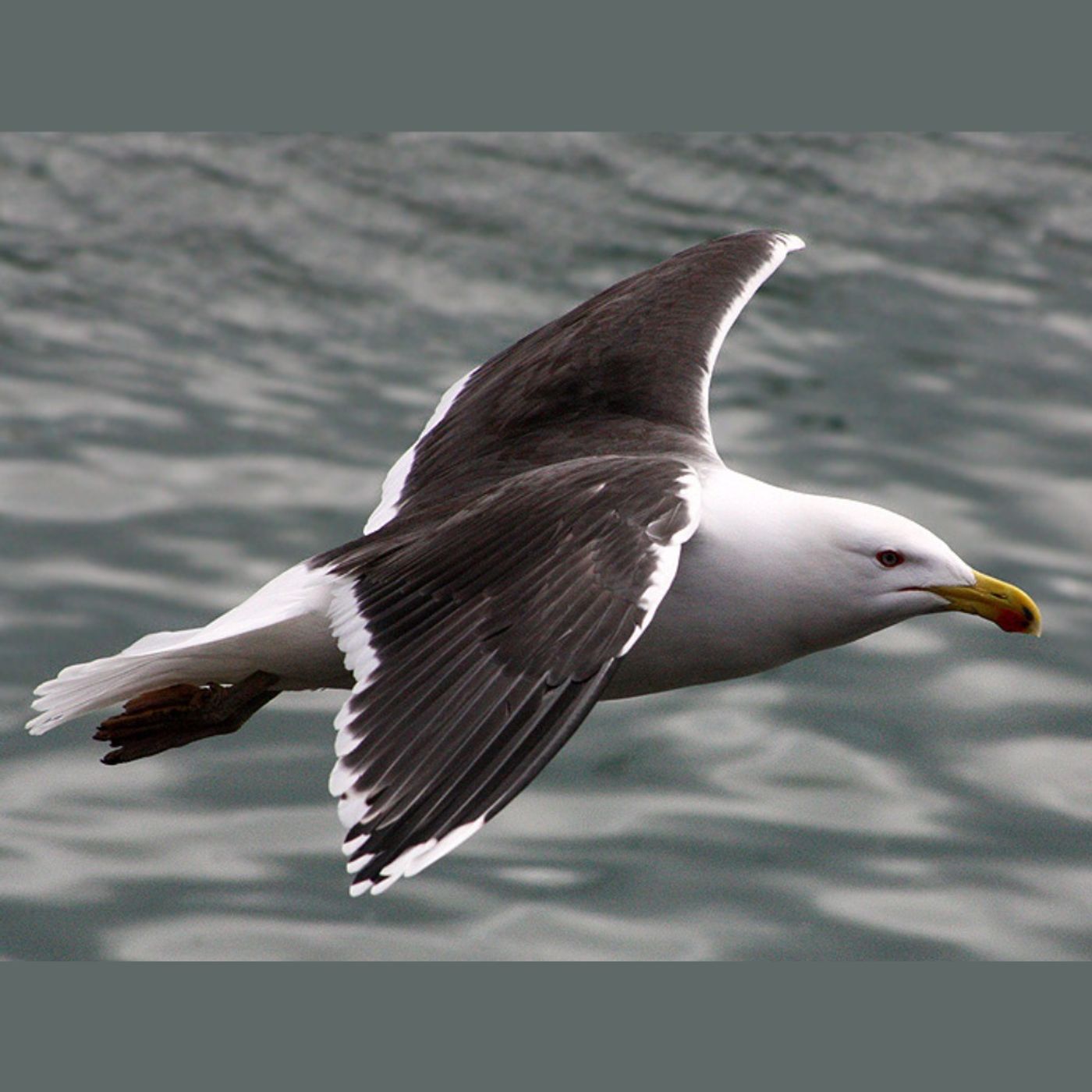
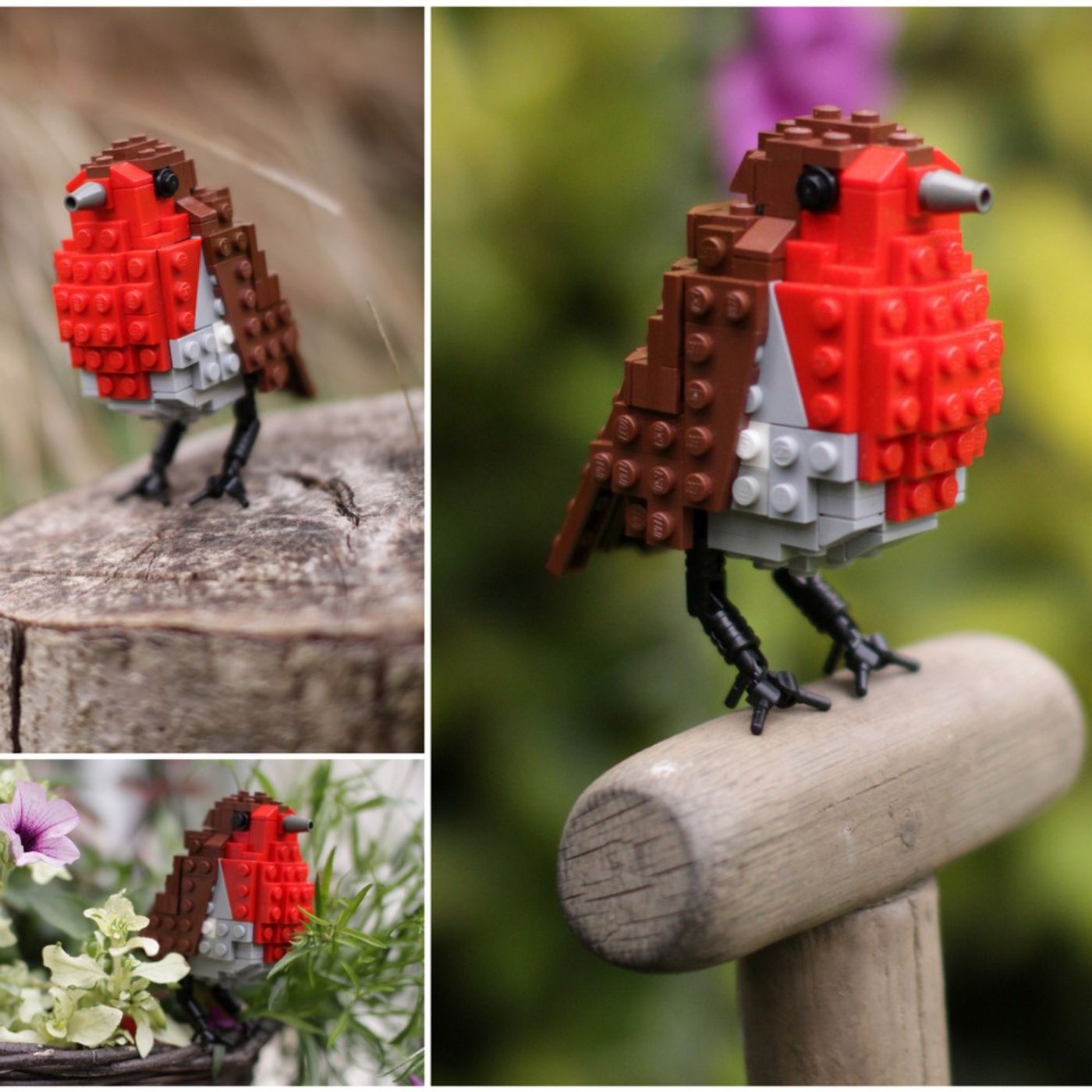

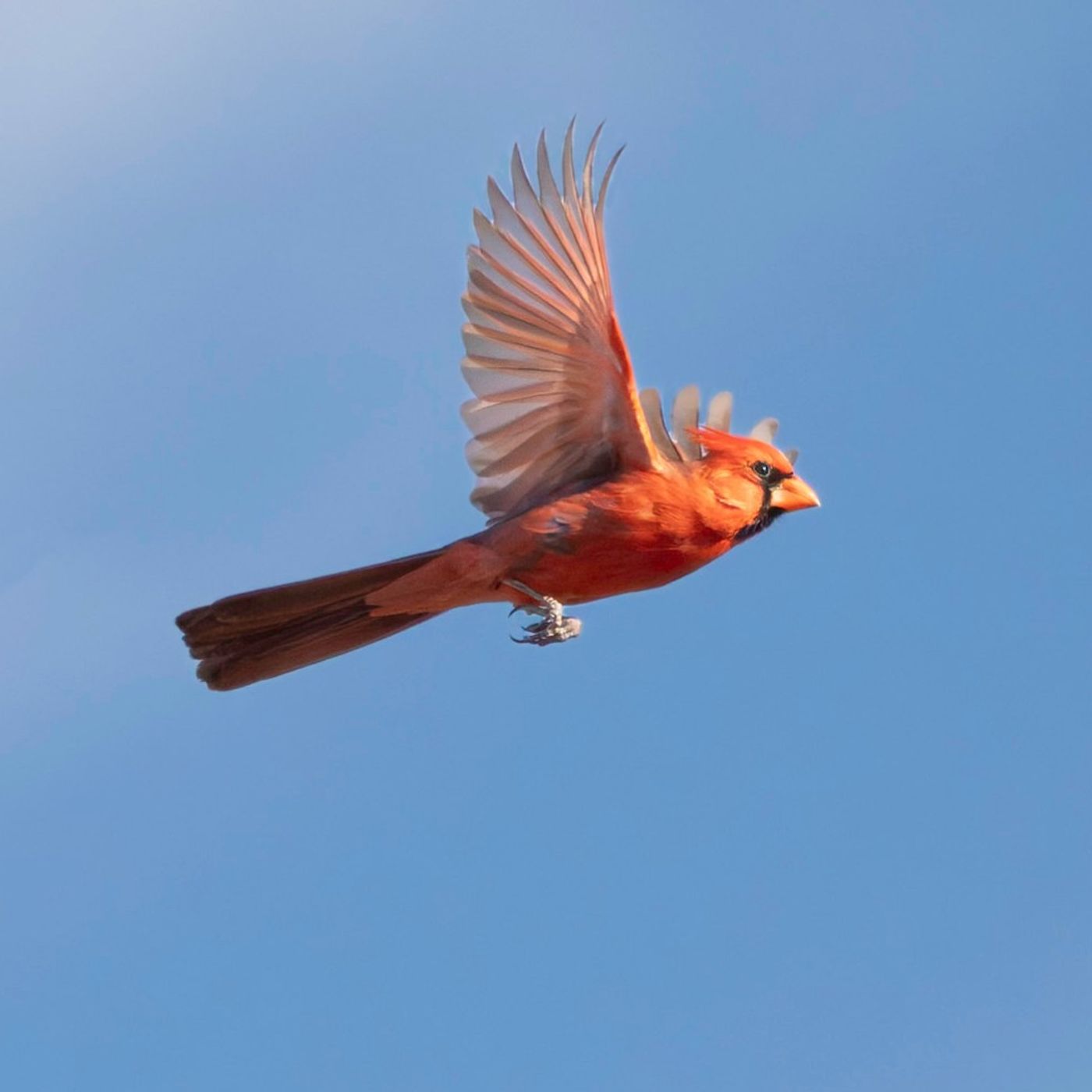
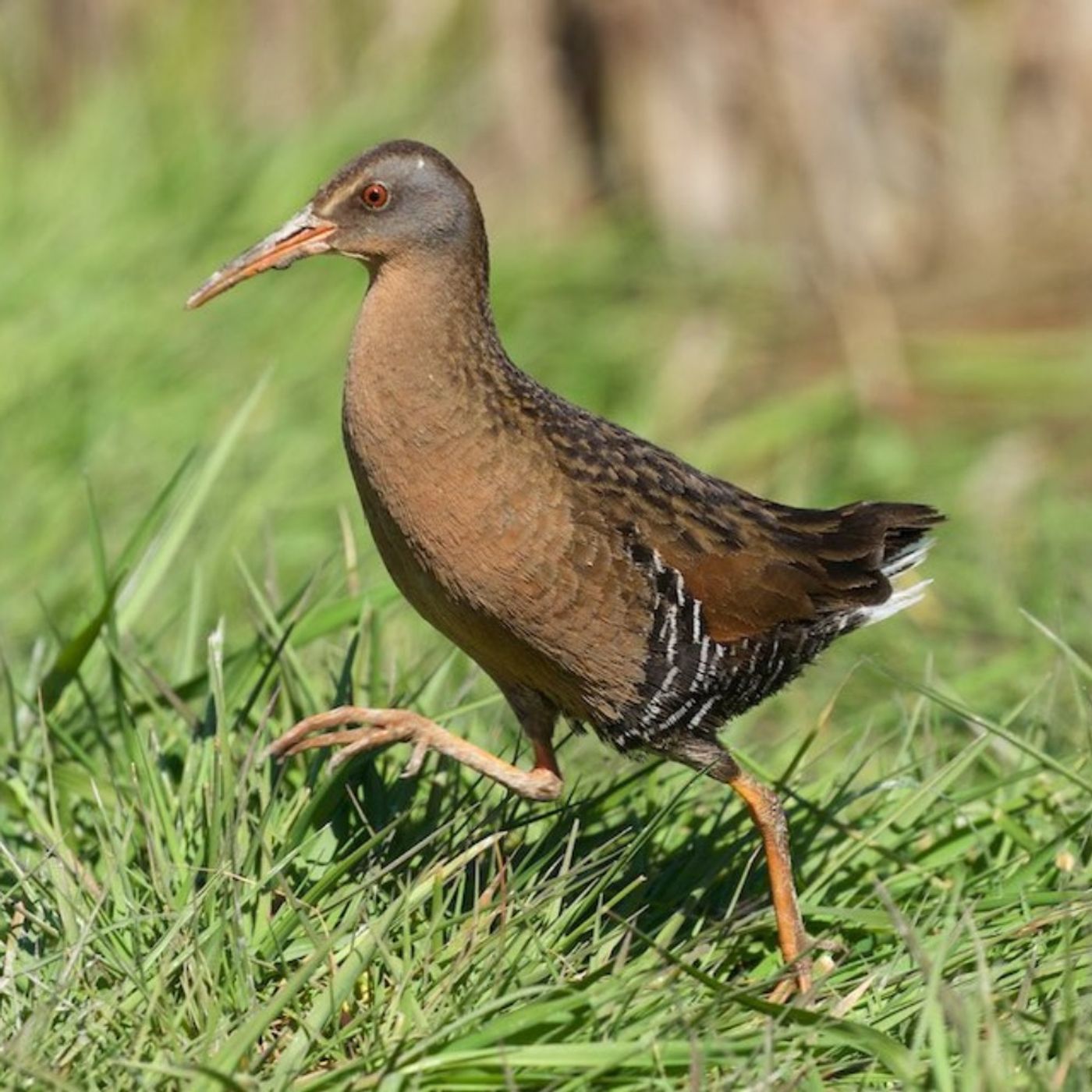
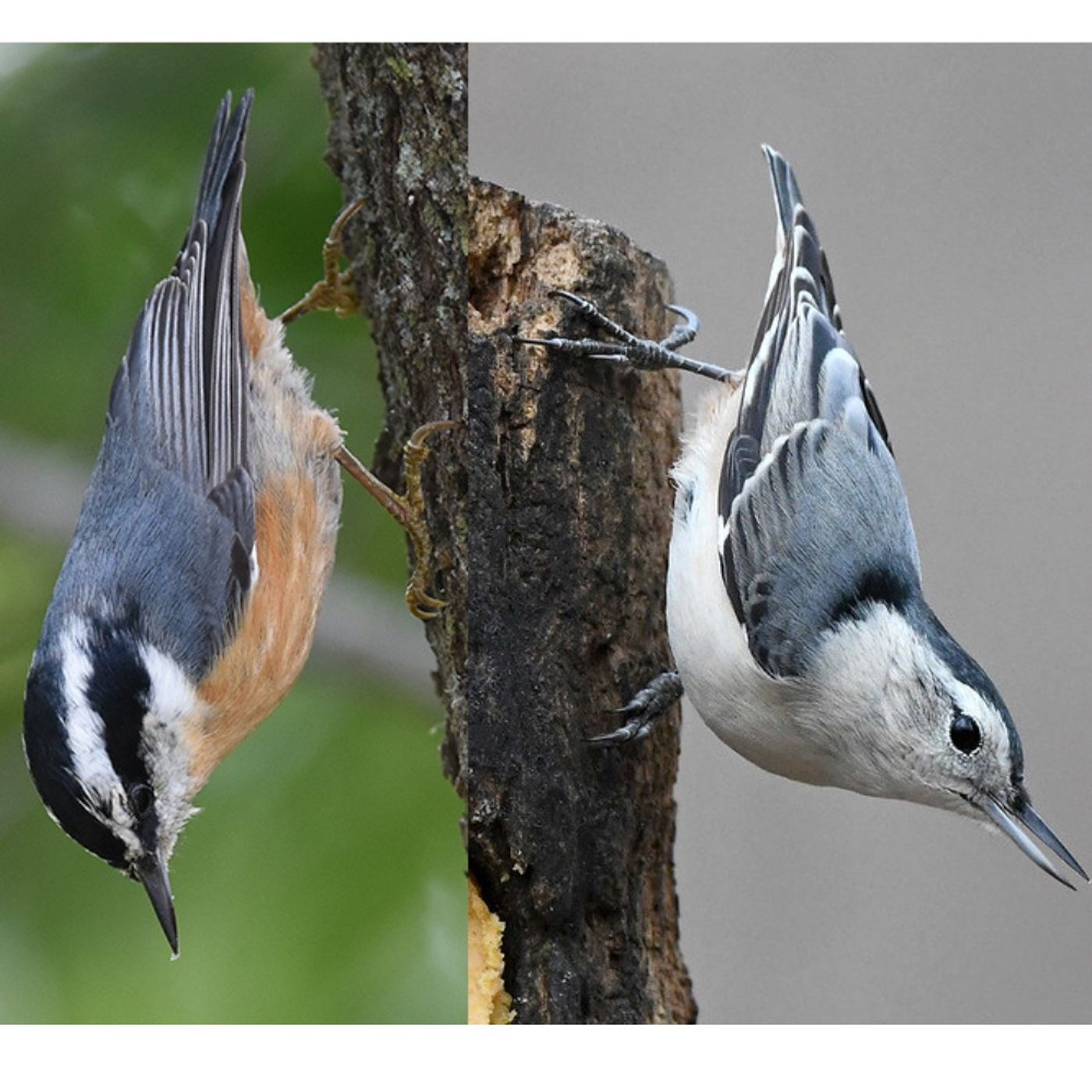
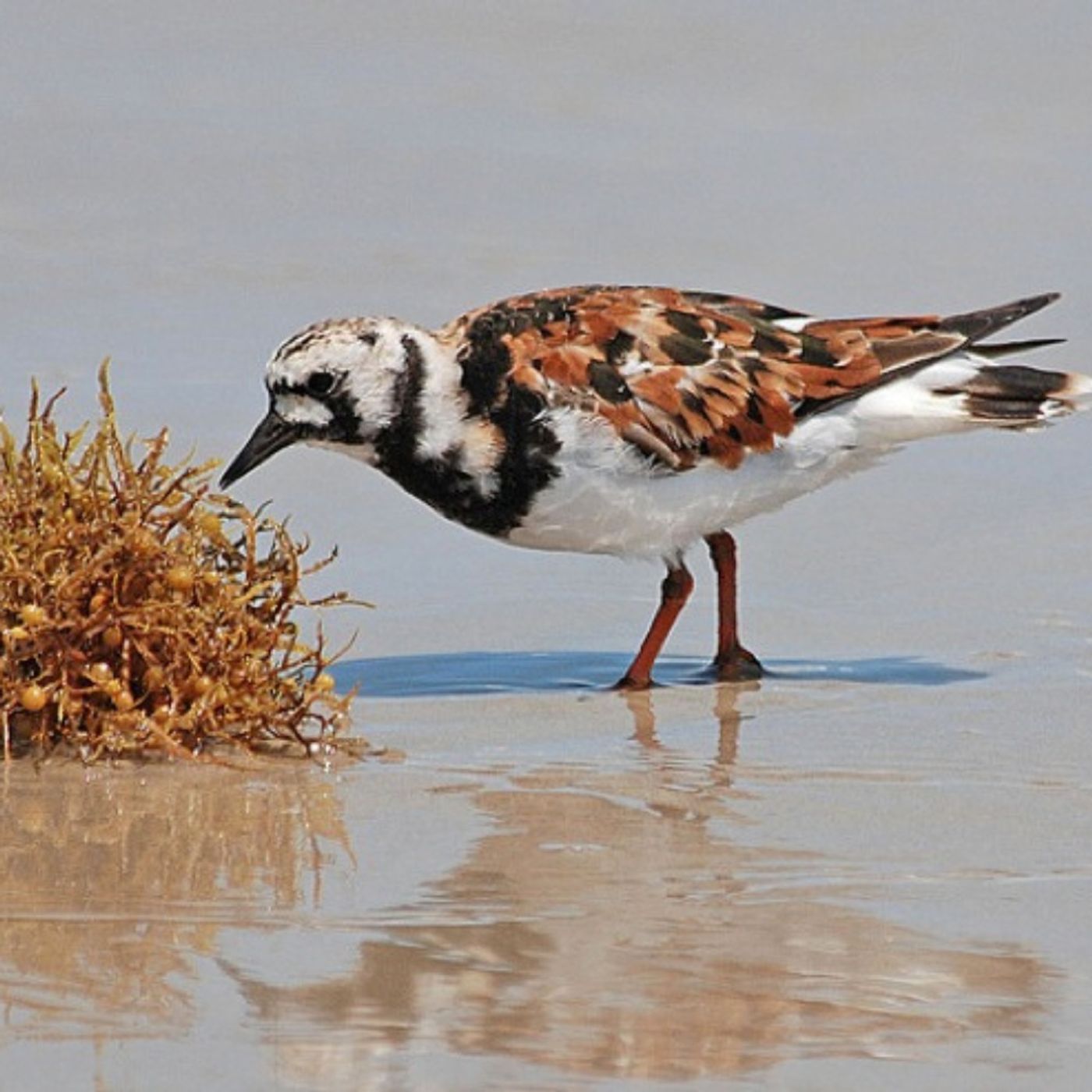
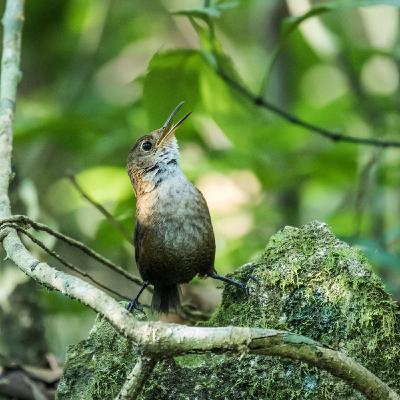



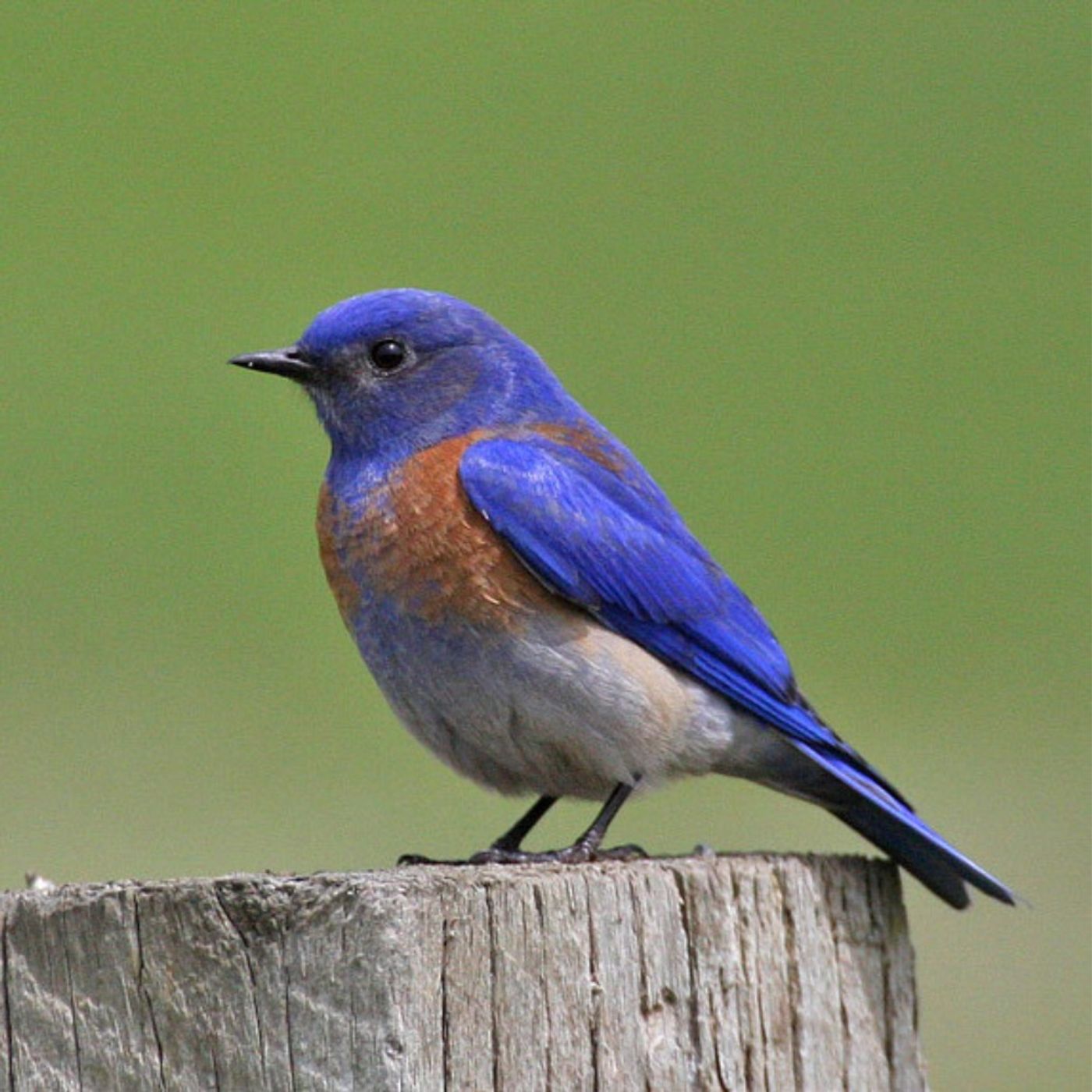
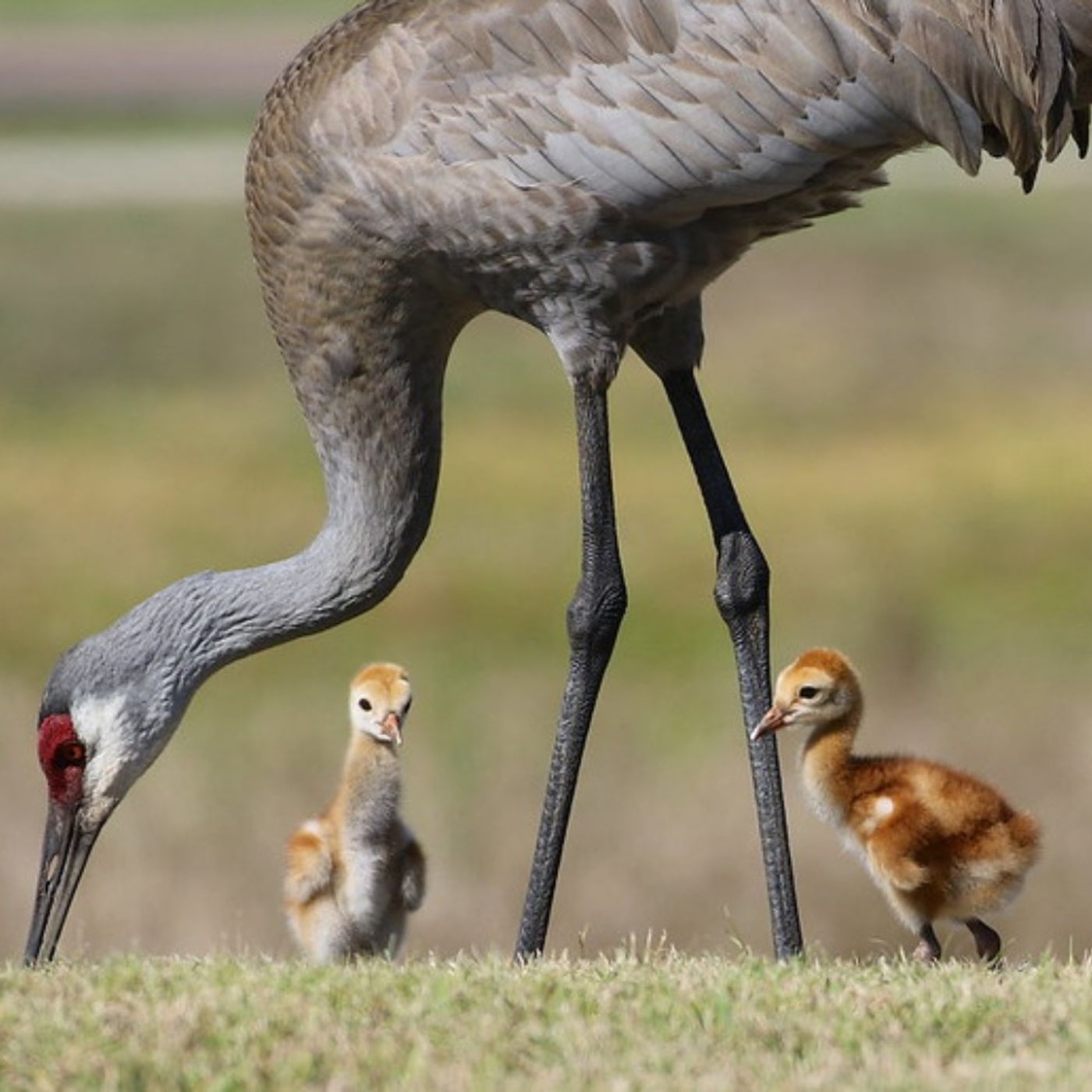
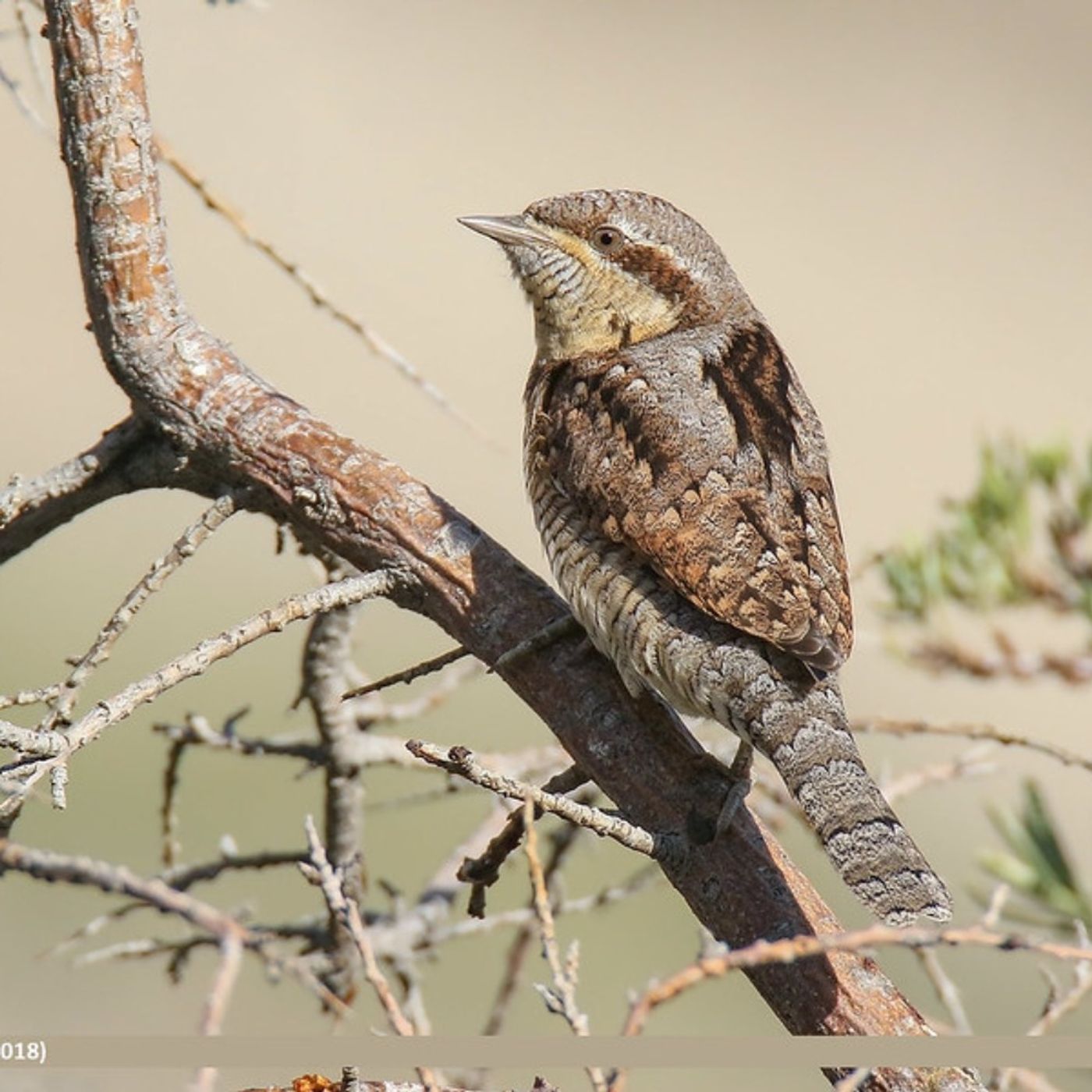




Concrete and Driveway Cleaning is important to keep your outdoor spaces looking neat and safe. Over time, dirt, oil stains, and mold can build up, making the surface look dull and slippery. Regular cleaning helps remove these stains and prevents damage. A clean driveway not only improves the look of your home but also makes it safer to walk and drive on. Whether using water, a brush, or a pressure washer, keeping your concrete and driveway clean is a simple way to maintain your home’s beauty and value.https://615softwash.com/concrete-and-driveway-cleaning
⭐⭐⭐⭐⭐ https://nativeplantfinder.nwf.org/ Find a US zip code on the same latitude, as you are. And you find trees + plants & animals etc. For every plant and tree. Enjoy the hunt. (^^,)
Yeps humans do it too. (^^,) From Republic of Tuva is what you hear last in this episode. AND you will find more here to watch. : https://m.youtube.com/watch?v=Mkm9N_T_mgk&list=PLFvjMOwDLtDC-Qk4DkviD9IYq_cb9GfiI&index=35&pp=gAQBiAQB8AUB ,Ohhh and this lady is a very good singer too. https://m.youtube.com/watch?v=Mkm9N_T_mgk&list=PLFvjMOwDLtDC-Qk4DkviD9IYq_cb9GfiI&index=35&pp=gAQBiAQB8AUB ENJOY And remember that all people do this, when they speak and sing.
Love this https://midhunp.com/
wow https://shalushaan.com
I love how creative and insightful these episodes are. Thank you
how lovely!
,
This podcast is wonderful & so informative. Thanks for sharing.